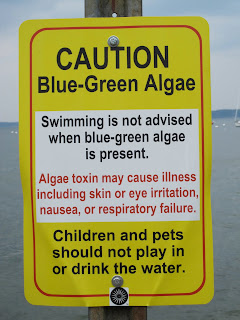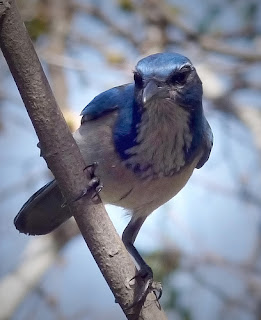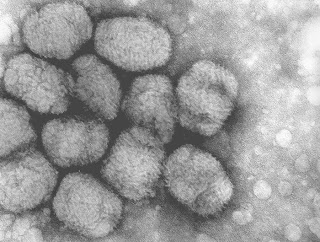 |
| Credit: Erin Podolak, Sept. 2010 |
There is an article in the BBC this week about algae that have toxic affects on coral reefs. This article stood out to me because I just finished working on an article about toxic cyanobacteria (which come from algae) in lakes in Wisconsin for J800.
Most of us know what algae looks like, it is the green slime you see floating in natural bodies of water or growing on rocks, docks, or other items that stay in the water continuously. Algae occur naturally and aren’t typically a problem. However, for the last decade researchers have been evaluating toxic algae, that is algae that blooms in a large concentration due to an increase of fertilizer in the water.
Where does the fertilizer in the water come from? Well the easy answer is agriculture. The fertilizers used by farmers get washed away and flow through the system of rivers and tributaries to larger bodies of water. The algae feed off the fertilizer and then “explode” in a huge bloom that can have toxic affects.
In the case of the coral, the algae are using up nutrients like oxygen and sunlight so that the coral are denied access to these resources and die off. What can be done? Well, find a way to allow farmer’s to fertilize their crops that won’t end up in our waterways causing algae blooms. But that is far easier said than done.
The BBC article: Toxic Algae Rapidly Kills Coral

